Have your interests always focused on doom metal? “Doom metal is a genre that strongly resonates with us, from the glacial pacing to the incredible atmosphere, so it was a natural choice for us to start writing and performing this type of music, but we also listen to a ton of different music from a broad range of styles which influence our work. Elements of black and death metal, gothic metal and even dark rock and blues will often find their way into the songs, so we feel comfortable exploring outside the boundaries a little bit and incorporating these ideas into our sound as well”.
Musically speaking, what inspiration did you draw to write The Fatal Shore? “With this album, we knew we wanted to make a very dark, bleak record, both musically and lyrically. We actually looked back on our own work and one of the challenges we set for ourselves was to create something a step above what we had previously done in terms of heaviness and song writing, whilst staying true to the sound we had captured in past releases”. Can you take us through the themes you explored for the album? “The Fatal Shore is a concept album based on a fictional character and their journey as a convict aboard the first fleet to the new land of Australia in the eighteenth century. Through our lyrics we explore the mental suffering, abandonment and physical anguish endured by the prisoner as they are thrust into a new life as an outcast. The album also deals with themes of betrayal, social ostracisation and survivor’s guilt”.
What challenges did you encounter writing and/or recording the album? “Though the writing took place over a lengthy period of time it was a rather smooth process, with only the title track taking some extra steps to rework until we were both happy with the final composition. Also, we had previously formed the concept of the album before we started working on it, so when it came to actually creating the music to fit the story we already had a good idea of what each song was going to represent within the concept and the musical style that would accompany it. Recording the album went just as well and was a great experience for us. We worked with Ryan Miller (Black Rheno) at Housefox Studios, who recorded and also mixed the record. Apart from some guitar and vocal parts that needed re-recording, everything just fell into place”.
The album was written as you say, over a lengthy amount of time – what factors came into play here? “As life and other factors came into play, we found ourselves at a junction where our focus had briefly shifted from the band, which saw a period of inactivity for us. When we picked it back up again, we still had the solid foundations of songs for our new album, but we really wanted to take our time crafting the best possible music we could make to accompany the themes and story we had set out to make without rushing ourselves to completion. We even ended up travelling the country to some of the historical convict sites for inspiration, as well as general research into the history manifesting itself in our lyrics”.
When you started writing and playing music together, was it laid out as to who had which responsibility in Black Trillium? Or was it a trial and error process? “This project really just started out as two friends writing and playing the music we love, with both of us often meeting up and composing the songs together or emailing new riffs to each other and building songs out of that. We both perform vocal duties in the band, with myself also on bass and Simon (Skipper) playing guitar, so we knew exactly how the band was going to work from that standpoint when it came to our individual roles within the group”.
What new skills (if any) did you both need to acquire to complete this project? “It was more a matter of honing our prior skills rather than learning anything new when it came to working on the album, with both of us stepping up our vocal and instrumental performances and trying to deliver the best result possible. We also put a lot more time and research into the lyrical creation to really do the story justice, so there was more effort involved on that front as well”.
A widely popular genre in Australia with musicians; do you think the doom genre flourishes in Australia? What can Australian musicians add to this genre? “We have a great scene across the country, with countless tremendous doom metal bands springing up every day, and a great veteran presence bolstered by the likes of Mournful Congregation and Inverloch, who of course rose from the ashes of the great Disembowelment, one of the earliest death/doom metal groups to come from our country. In a genre dominated by the European and American scenes it can be tough to stake our place on the map, but we think with some of the quality releases that have emerged from here, outsiders are slowly starting to take notice”.
The album has had positive reviews all round and has been accepted wholeheartedly – what was the stand out point of the album for you? “The fact that we have been quiet for so long, yet have received a great response to the release and the accompanying video clips has definitely been a standout moment for us, and also the opportunity to work with some amazing people who have contributed and helped bring this album to life. We also saw the album settle briefly in the top twenty on the Australian Independent Music Charts which we are really proud of, considering our genre and relatively small following”.
And what did you set out to achieve with this album? “A strong follow-up to our previous release The Locked Woods, and an album that further explores that sound while expanding into new territories for us musically and bringing our name to a wider audience. We also hope the concept of the record will draw people’s interest into researching the historical origins of our country for themselves, and bring some awareness to the scene and to other communities even outside of the metal realm who may not be overly familiar with our convict history”. Where do you both feel you focused the most? “While we spent a long time composing and crafting these songs, we feel our attention to detail in our lyrics is what really steps this album up a level and makes it feel like you’re listening to a story unfolding as you progress through the tracks, with the music serving as the backdrop to convey the atmosphere for each part of the journey. As well as the historical influence, our lyrics also drew inspiration from personal experiences, which helped us shape some of the themes to particular songs. We wanted a strong coherent work that tells a dark tale of history, with enough variance between tracks to keep things engrossing enough to see our audience through to the grim conclusion…”
When the world returns to ‘normal’ what plans do you have in place to promote the new album? “As things stand, our promotional campaign has almost reached its end, and we also have no grand plans of touring or even a live performance in mind, but with the response we have received upon release we may have to reconsider our initial stance and put something together to take on the road. We really would love to bring these songs to a live setting and get back out there with some of our favourite local bands once again, but for now we’ll have to wait and see what happens in the near future”. What’s next for the band? “Right now, we’ve already begun writing ideas and demos for a future album, but we have a few extra things planned to release in the meantime, including a B-side from The Fatal Shore with an accompanying cover song, and something else that may emerge from behind the scenes at some point. Until then, we hope this album will reach audiences across the country and beyond, and hopefully we’ll be able to get back on the stage soon and play some metal!”.
The Fatal Shore is out now.


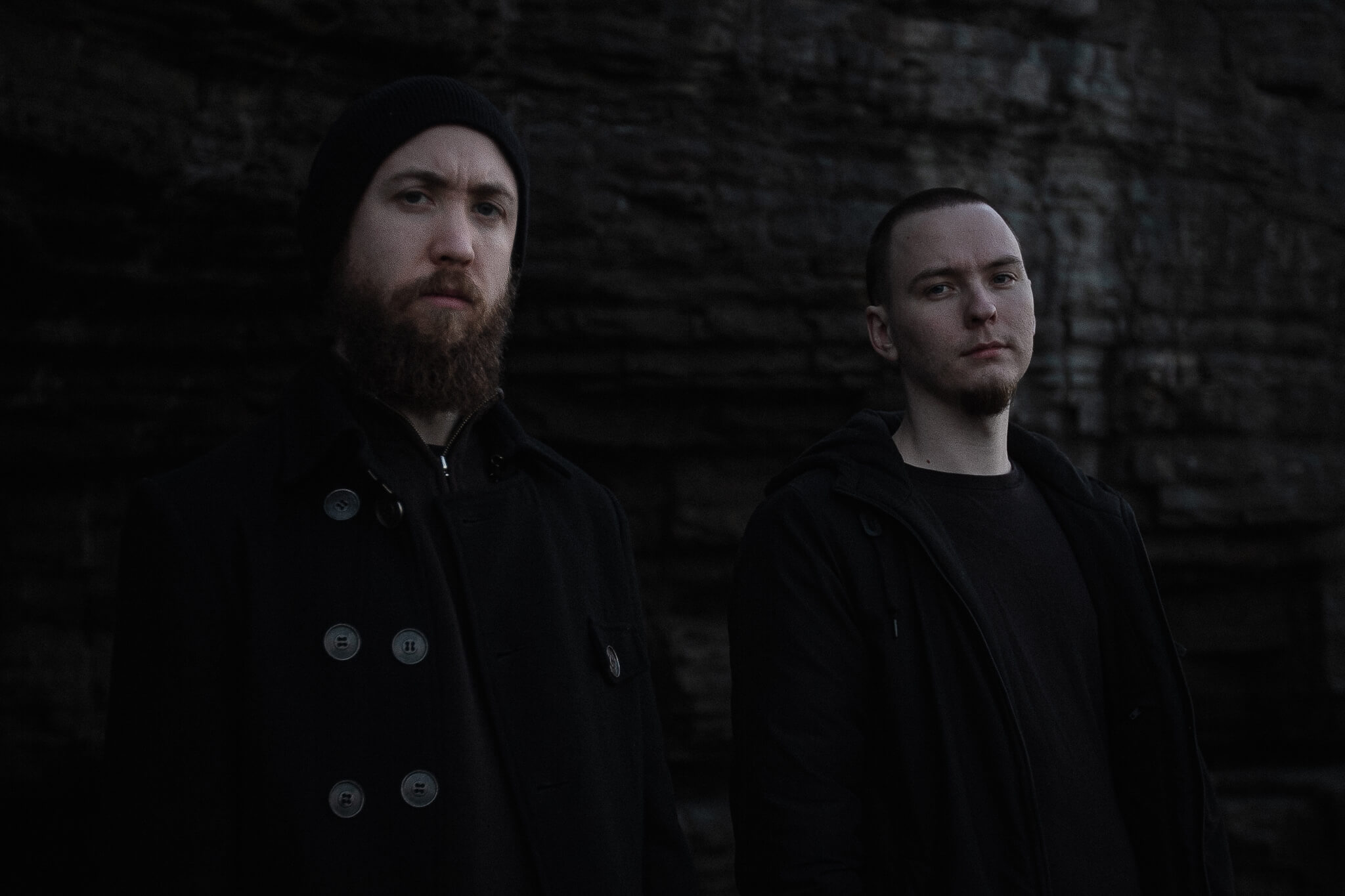
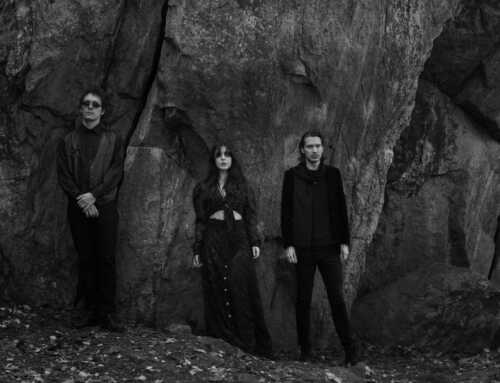
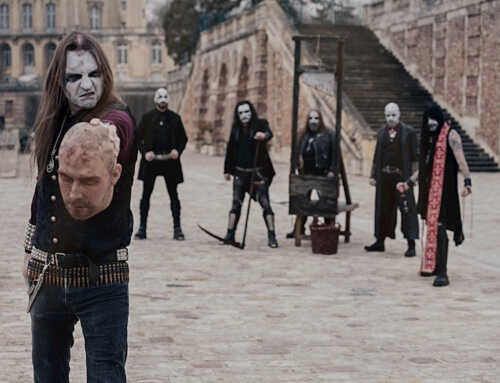
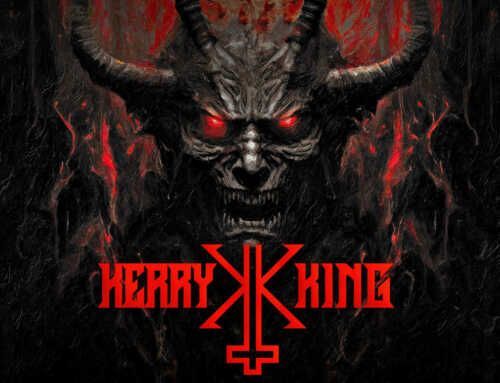
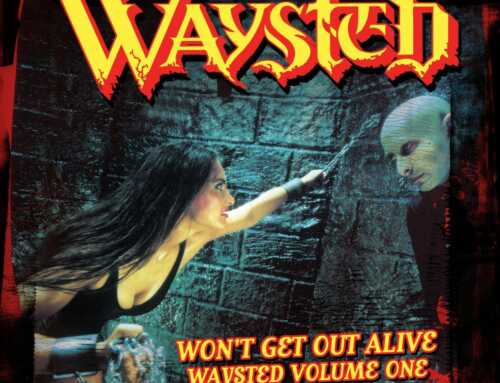
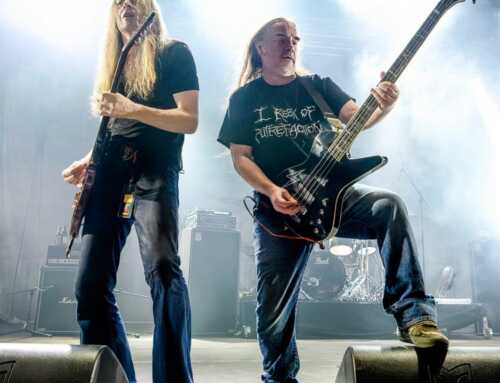
Leave A Comment